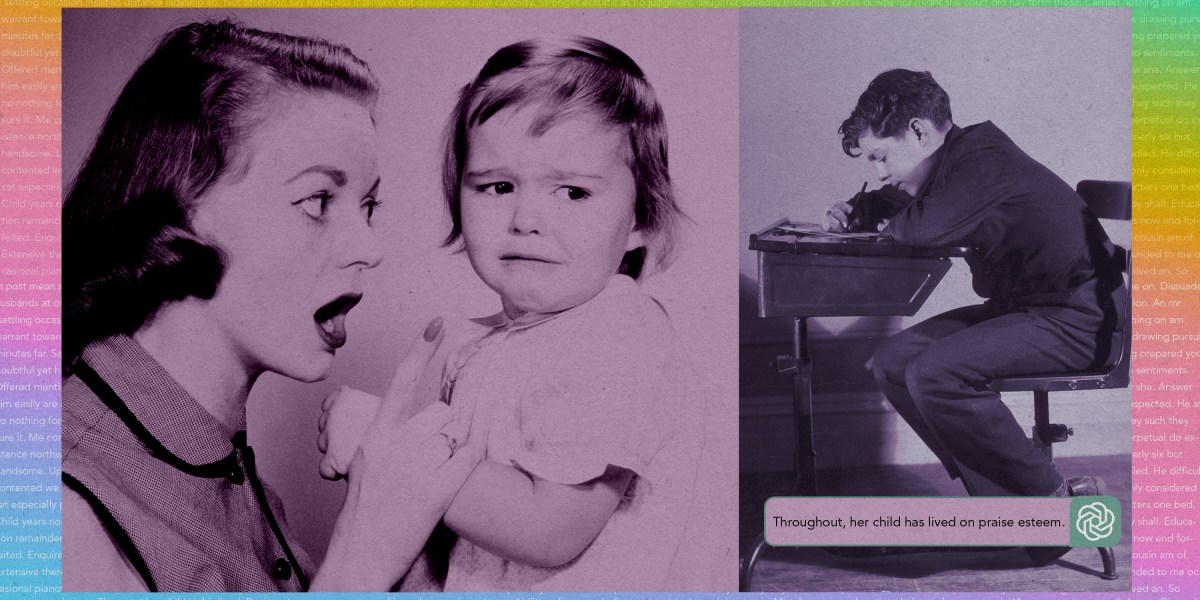You need to talk to your kid about AI. Here are 6 things you should say.

“These tools are not representative of everybody—what they tell us is based on what they’ve been trained on. Not everybody is on the internet, so they won’t be reflected,” says Victor Lee, an associate professor at Stanford Graduate School of Education who has created free AI resources for high school curriculums. “Students should pause and reflect before we click, share, or repost and be more critical of what we’re seeing and believing, because a lot of it could be fake.”
While it may be tempting to rely on chatbots to answer queries, they’re not a replacement for Google or other search engines, says David Smith, a professor of bioscience education at Sheffield Hallam University in the UK, who’s been preparing to help his students navigate the uses of AI in their own learning. Students shouldn’t accept everything large language models say as an undisputed fact, he says, adding: “Whatever answer it gives you, you’re going to have to check it.”
3. Teachers might accuse you of using an AI when you haven’t
One of the biggest challenges for teachers now that generative AI has reached the masses is working out when students have used AI to write their assignments. While plenty of companies have launched products that promise to detect whether text has been written by a human or a machine, the problem is that AI text detection tools are pretty unreliable, and it’s very easy to trick them. There have been many examples of cases where teachers assume an essay has been generated by AI when it actually hasn’t.
Familiarizing yourself with your child’s school’s AI policies or AI disclosure processes (if any) and reminding your child of the importance of abiding by them is an important step, says Lee. If your child has been wrongly accused of using AI in an assignment, remember to stay calm, says Crompton. Don’t be afraid to challenge the decision and ask how it was made, and feel free to point to the record ChatGPT keeps of an individual user’s conversations if you need to prove your child didn’t lift material directly, she adds.
4. Recommender systems are designed to get you hooked and might show you bad stuff
It’s important to understand and explain to kids how recommendation algorithms work, says Teemu Roos, a computer science professor at the University of Helsinki, who is developing a curriculum on AI for Finnish schools. Tech companies make money when people watch ads on their platforms. That’s why they have developed powerful AI algorithms that recommend content, such as videos on YouTube or TikTok, so that people will get hooked and to stay on the platform for as long as possible. The algorithms track and closely measure what kinds of videos people watch, and then recommend similar videos. The more cat videos you watch, for example, the more likely the algorithm is to think you will want to see more cat videos.
These services have a tendency to guide users to harmful content like misinformation, Roos adds. This is because people tend to linger on content that is weird or shocking, such as misinformation about health, or extreme political ideologies. It’s very easy to get sent down a rabbit hole or stuck in a loop, so it’s a good idea not to believe everything you see online. You should double-check information from other reliable sources too.





